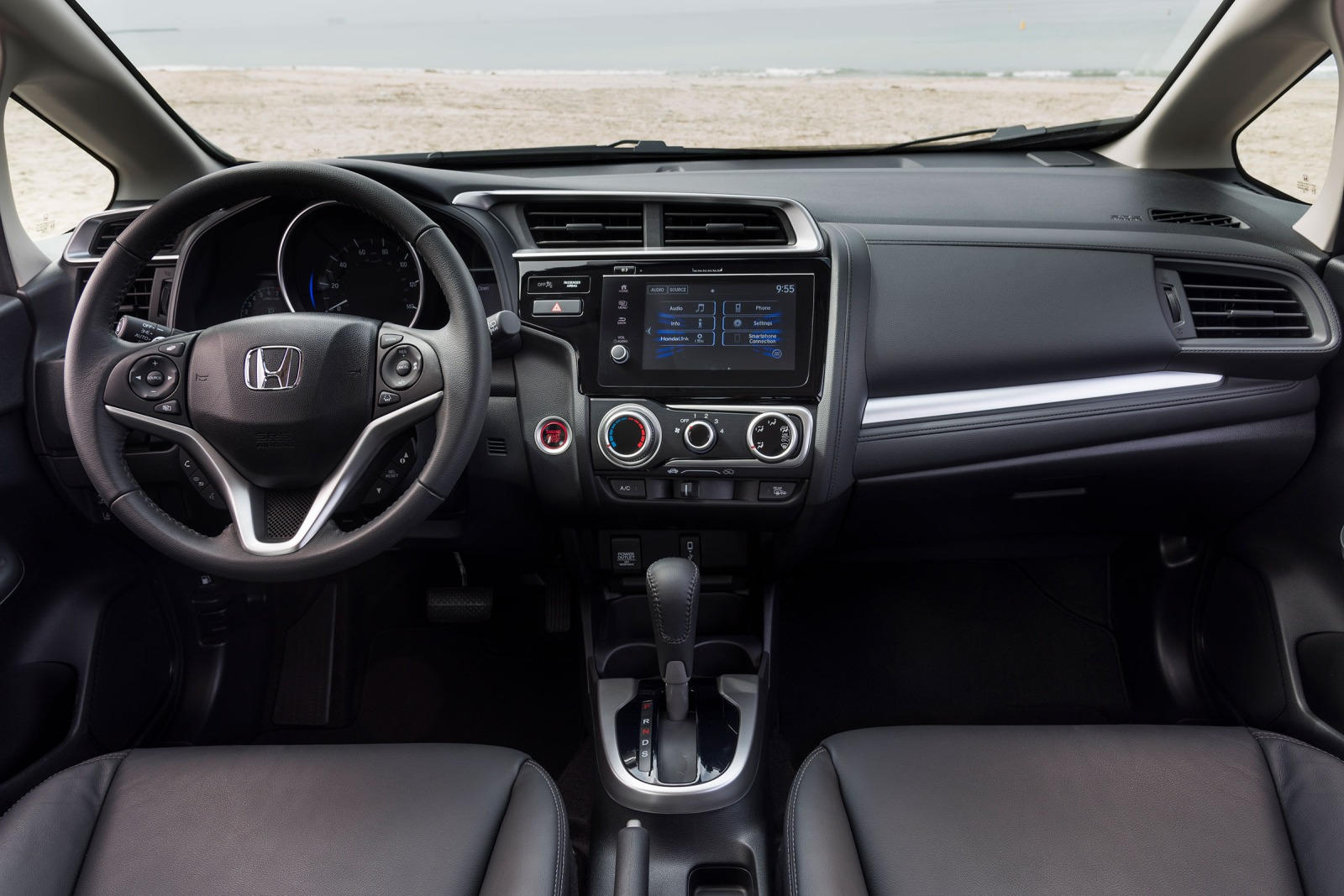by Deiondre van der Merwe
The Honda Fit has shaped the subcompact hatchback segment as we know it, and despite a 13-year tenure spanning two generations, it remains at the forefront of the class. Although the US market hasn't gotten its hands on the all-new Fit and is unlikely to, the second-gen model we've come to know since 2015 remains quite impressive. The Fit employs a 1.5-liter four-pot across all four trim levels. It produces between 128 and 130 horsepower depending on the choice of configuration, including either the six-speed manual transmission or the CVT automatic. Once again, the charming Jap provides ample space, excellent fuel economy, and exemplary safety ratings. Can the Fit outshine notable rivals, including the Toyota Yaris or the Kia Rio? It almost seems a given it will.
The 2020 Honda Fit is mostly unchanged from the 2019 model. That's because an all-new Fit has debuted globally, but it's unlikely to make it to the US, meaning this could be your last chance to drive a brand new Fit.
The epitome of frugal practicality, the price of the new Honda Fit base model LX is $16,190 MSRP when equipped with the manual transmission and rises to $16,990 when equipped with the fuel-conscious CVT. The manual Honda Fit Sport model will cost $17,600, and equipping the Sport with a CVT will add a charge of $800. The EX trim level comes standard equipped with a CVT and begins at an MSRP of $19,060 while the price of the Honda Fit EX-L starts from $20,620. All prices exclude licensing, registration, tax, and a $955 destination charge.
See trim levels and configurations:
| Trim | Engine | Transmission | Drivetrain | Price (MSRP) |
|---|---|---|---|---|
| LX |
1.5L Inline-4 Gas
|
6-Speed Manual
Continuously Variable Automatic (CVT)
|
Front-Wheel Drive
|
$16,190 |
| Sport |
1.5L Inline-4 Gas
|
6-Speed Manual
Continuously Variable Automatic (CVT)
|
Front-Wheel Drive
|
$17,600 |
| EX |
1.5L Inline-4 Gas
|
Continuously Variable Automatic (CVT)
|
Front-Wheel Drive
|
$19,060 |
| EX-L |
1.5L Inline-4 Gas
|
Continuously Variable Automatic (CVT)
|
Front-Wheel Drive
|
$20,620 |
Say what you will about the performance of this hatch, but one can't bemoan the ride comfort and handling of the Honda Fit, or its pleasant in-cabin experience. Not much mechanical noise makes its way into the cabin, but opting for the CVT will result in a bit of a noisy drone which ruins the refinement overall.
A short wheelbase and smaller size are responsible for the exceptional handling and the Fit soaks up bumps and imperfections on the road with ease. The Fit also has fantastic grip for a front-wheel-drive car, though there's likely to be some body roll when it's tossed into corners. The optionally available Honda Factory Performance Package adds a sport-focused suspension that further improves comfort and handling ability, if that's your kind of thing.
In terms of steering, the Fit isn't exactly a pro. The presence of electric power assistance results in a bit of numbness in the steering of the Honda, though it's adequately weighted and rather sharp, so it's not all bad. Overall, the Fit is a pleasant drive, even if it isn't as driver-focused as previous generations.
It might not be the prettiest in the segment in the USA, but the Honda Fit is everything to write home about. Class-leading space and reliability are provided by the practical hatch and it doesn't stop there. Affordability is also part and parcel of the Fit package with substantial bang for your back across all trim levels. Pair this with great ride quality, impressive safety features, reliability, and an exceptional amount of space to work with - all while avoiding a hefty price tag - and it's a no-loss situation. The Japanese hatch is certainly the gaffer of the subcompact segment and is unbeatable in many categories, even if it is a little lazy on the highway. It's quite easy to overlook its half-pint minivan appearance when you start to list the pros of purchasing it and, considering that it's still ahead of its rivals after 13 years of production and two generations, the 2020 Honda Fit is still as good a buy as it was in 2008.
While there's great value for money on all models for sale, you ultimately want a trim equipped with the Honda Sensing suite of driver aids. Unfortunately, this means you must have a CVT-equipped model, meaning you have to forego the wonderful six-speed manual. We'd skip past lesser models and go for the EX trim, as it adds Honda Sensing as a standard feature and increases safety significantly. It also includes a seven-inch touch screen as a central display that comes standard with Apple CarPlay and Android Auto as well as Sirius XM. The only notable things missing from the EX would be heated seats and the option for navigation, but it's a small price to pay when one considers the value for money brought by the model that's just short of the top of the range.
As we've said time and time again, the Honda Fit is pretty much untouchable within its segment, and when lined up against the Yaris, it becomes obvious why. The Fit offers more power with 130 hp in the manual guise in comparison to the Toyota's 106 hp. You'd think that the extra power would come at the cost of lower fuel-economy from the Fit, but no, the Honda is more efficient than the Yaris, even if only marginally so. We don't mean to kick the Yaris while it's down, but the Fit also boasts a much more substantial amount of interior space. The Yaris claws back with an endearing chassis and an automatic gearbox instead of a dreadful CVT, but with a similar price tag to the Fit, it really can't match up.
With just over $5,500 separating the Fit and the Civic, there are bound to be some differences between the relatives. The Civic occupies the larger compact segment, employing a 1.5-liter turbo engine to develop 174-180 hp to the Fit's 130 hp. It gets a great manual gearbox, but the extra torque it has means that even the CVT isn't dreadful. But with extra power comes greater thirst: the Civic's fuel economy isn't as good as that of the Fit's and has EPA estimates of 31/40/34 mpg against the frugal Fit's 33/40/36 mpg estimate. The Fit also offers more cargo space with up to 52.7 cubic feet of space standing against the Civic's 46.2 cubic feet, but in standard form, the Civic walks the comparison with 25.7 cubes. The Civic gets more standard safety and a better quality interior. It's also better to drive and feels vastly more refined. At the end of the day, it's a much better car, but if you're on a budget you won't be disappointed by the Fit.
The most popular competitors of 2020 Honda Fit:







 Toyota
Toyota



